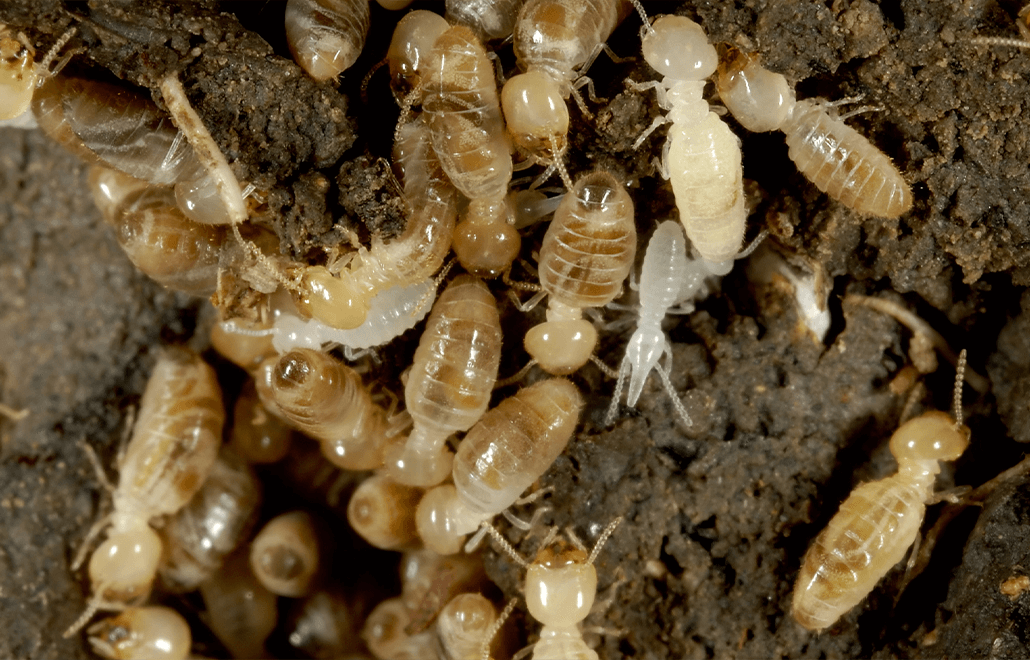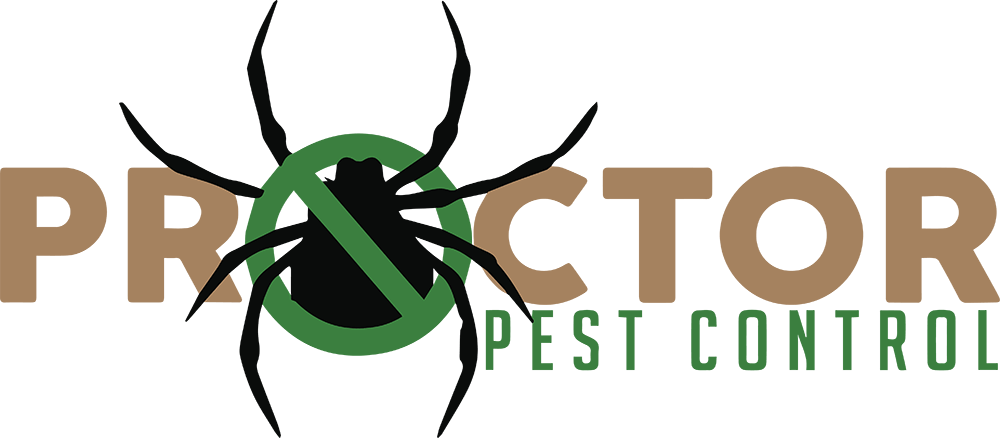
13 Dec How To Know If You Have Termites In Your Home
Termites are notorious for their ability to silently wreak havoc on homes and cause extensive structural damage. By the time most homeowners discover a termite infestation, the damage is already done. In this blog post, we will discuss key signs to help you identify if you have termites in your home. Early detection is crucial in preventing costly damage and the headache of dealing with these destructive pests.
1. Mud Tubes
One of the most telltale signs of a termite infestation is the presence of mud tubes. Subterranean termites, one of the most common types of termites, construct these tubes to create a protected pathway between their colony and a food source, often your home. These tubes can be found along walls, foundations, or in crawl spaces.
2. Discarded Wings
Termites, especially swarmers, shed their wings when they find a new site to establish a colony. Finding discarded wings around your home, particularly near windowsills or entry points, can be a clear indicator that termites have made their way inside.
3. Hollowed Wood
Termites feed on cellulose, a component found in wood and other plant materials. As they consume wood, they leave a network of tunnels behind, causing the wood to become hollow. If you tap on wooden surfaces and they sound hollow or papery, it’s a sign that termites may be present.
4. Frass (Termite Droppings)
Termites produce tiny, pellet-like droppings known as frass. These droppings can accumulate near infested wood and often resemble sawdust or coffee grounds. If you notice frass around your home, it’s a strong indication of termite activity.
5. Tight-Fitting Doors and Windows
Termites can cause structural damage, leading to doors and windows that no longer close or fit properly. If you’re experiencing difficulties in opening or closing doors and windows, it might be due to termite damage compromising the structural integrity of your home.
6. Peeling or Bubbling Paint
Termites create moisture as a byproduct of their digestion process. This moisture can cause paint to peel, bubble, or become discolored. If you notice such signs on your walls, it’s worth investigating for termite activity.
7. Sagging Floors or Ceilings
Severe termite damage can weaken the structural supports of your home, leading to sagging floors or ceilings. If you observe any unusual structural changes, it could be due to termite infestations.
8. Visible Termites
In some cases, homeowners may directly spot termites. These insects are small, usually pale or translucent, and often congregate around a food source. If you see termites in or around your home, it’s essential to act promptly.
Termites are a persistent threat to homes, and early detection is vital in mitigating the damage they can cause. If you notice any of these signs or suspect a termite infestation, it’s crucial to contact a professional pest control company. They can perform a thorough inspection, determine the extent of the infestation, and recommend appropriate treatment to eliminate termites from your home. Remember that proactive measures and regular inspections are the best defense against these destructive pests. Don’t wait until it’s too late; protect your home from termites today.
For professional termite inspection and control services, contact Proctor Pest Control. Your home’s safety and structural integrity are our top priorities.
This concludes the blog post on how to know if you have termites in your home.



